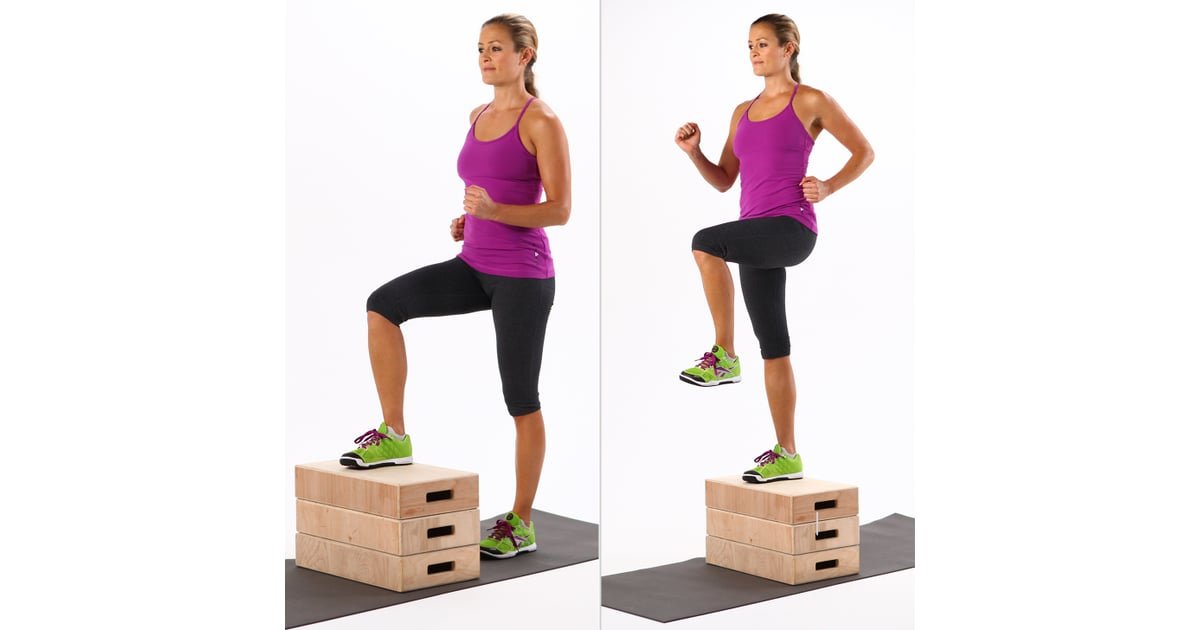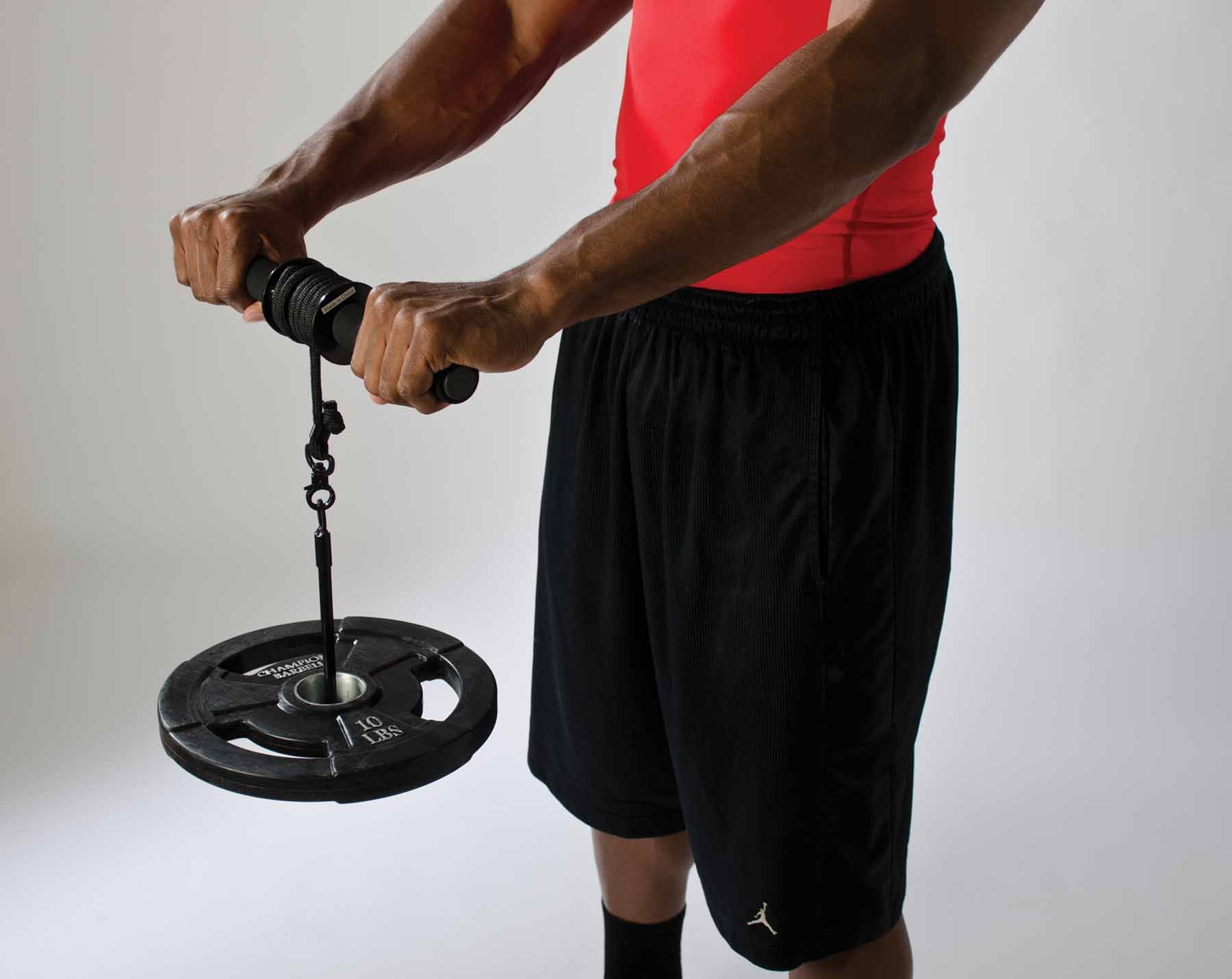At Home Training Tips for Tree Planters
Planting is many things: A great way to meet people, a meaningful way to fight climate change as a person, a great way to earn high wages in a shorter work season, and a fun thing to do each summer. There is one thing that planting is not, however - easy. Planters will carry hundreds of seedlings in hip bags on their person, and plant hundreds of trees each day. That means walking gnarly and rough terrain all day with up to 50lbs on your person at a time. That also means that planters will kick a shovel and bend over hundreds of times each day while planting. Needless to say, planting is a physically demanding job, and failing to properly prepare for a season can have negative results. At best, unprepared planters can look forward to tiredness, sore muscles, and achy joints. At worst, planters can develop repetitive strain injuries that can lead to less productive planting days, and if left untreated, days (or seasons!) where you are unable to work.
None of this is to try to discourage anyone from planting. Planting is a fun and rewarding job that can pay much more than many other jobs on the market. The only caveat, however, is that you’re paid for your productivity, not for your time. That means that in order to make more money, you have to be in good shape. That way, you can maximize your plant rate and minimize your days off. That’s why we’ve compiled a list of pre-season exercises that are great for prepping for the planting season.
Hopefully, with enough time and practice, this guide will help you start to get in shape, reduce injury, and maximize income this season! These exercises were chosen because they required limited gear, and are a great entry point for any experience level. Some exercises may feel easy to start, however, they can be made more difficult as you progress.
Note: If done properly, these exercises should be tiring, but never painful. If you experience any pain or discomfort, stop what you’re doing immediately. Start slow and make sure that you have proper technique before going all out. If pain persists, stop doing that exercise, and speak to your doctor if necessary.
Exercise 1: Maintain Correct Posture
Since you’re walking around all day carrying extra weight, good posture is important. Any misalignments in your back can lead to increased fatigue, soreness, or injury if you’re not careful. to correct your posture, try the following:
Keep your chest relaxed, and your head looking straight forward.
Imagine there is a string tied to the top of your head, pulling directly upwards. Your hips should be aligned with your pubic bone, and your back should be straight. Your core should be engaged in order to maintain this position.
Exercise 2: Supine Bridge
This exercise will help to strengthen your core, and can be made more difficult as you progress:
Lay on the floor with your legs bent, your feet flat on the floor, and your arms at your side, palms to the floor.
Lift your hips off the floor until you are a straight line from your shoulders to hips.
When in the “up” position, outstretch a leg in front of you for three seconds. Return your foot to the floor, and alternate legs for at least one minute.
Make it harder:
Strengthen your stabilizer muscles by resting your back on an exercise ball. The less of your back that you have on the ball, the more difficult it will be.
Add a weight over your hips (Make sure it can’t roll or move, and be careful)
While you have one leg up, raise and lower your hips back and forth, without touching your hips back down to the floor.
Exercise 3: Step-ups
Step-ups help strengthen your legs and build endurance for when you’re planting.
Maintaining good posture, Place one leg on a calf-high bench, box, chair, etc., and step up. (Make sure whatever you use is stable, and won’t fall, shift or break when you’re on it)
Without putting your other foot down on top of the bench, lift your other knee to a 45-degree angle
Lower yourself down with the same leg that you stepped up with.
Make it harder:
Slow your movements down: The slower you do this exercise, the longer those muscles have to stay engaged.
Add arms: Hold your arms straight out in front of you.
You can also add weights, if you’d like
Use weights: Hold weights at your sides. This will also improve your forearm and grip strength.
Add a jump: Instead of just lifting your knee up, try jumping instead (be careful not to fall)
Exercise 4: Medicine Ball Throws
This exercise will increase your core, arm, wrist, and elbow strength. Note that in particular, if done incorrectly or with too much weight, this exercise may cause injury. Be careful, and start off easy!
Stand a few steps away from your partner, facing one another. Explosively throw a medicine ball back and forth. If you don’t have a medicine ball, you can use a bag of rice, or another fairly heavy object that isn’t too hard to the touch. When in doubt, start off super easy, and work your way up incrementally.
Increase difficulty:
Increase the distance - Once comfortable at your current distance, take a step back, and repeat.
Increase weight - Once the weight you are using feels easy, and you have increased your throwing distance, increase the weight slightly. Use caution, and reset your throwing distance to a few steps apart.
Exercise 5: Wrist Rolls
This exercise will help with wrist and forearm strength, and prevent repetitive strain injuries like tendonitis.
Set-Up: Attach a rope to the centre of a foot long (minimum) wooden dowel, broomstick, or something similar. Ensure that the knot will not slip or roll (A larks head knot should work). On the other side of the rope, attach a weight.
You can also buy a workout tool for this, if you prefer: Wrist Roller
Hold the dowel with a hand on either side of the knot, and roll the rope up, lifting the weight. Continue rolling until the weight reaches the top.
Once the weight is all the way up, unroll the dowel to lower the weight.
Repeat, changing the direction you roll.
Make it harder:
Increase the weight
Increase your speed
Increase your rope length
Exercise 6: Cardio
You don’t just have to be strong to plant - You also have to be in good shape cardio-wise. To start, the best thing that you can do is walk as much as you can. As a planter, you have to walk a lot each day. The more time walking and hiking that you can do, the better.
In terms of higher-intensity cardio, we don’t have any specific exercises for you. Just pick your favourite, and get out there! If you love to run, go for it! If you prefer swimming, have at it! Rollerblading? Sounds good!
Oftentimes, your cardio can also help with strength. For example, mountain biking or cycling can help with your leg strength, while rowing machines can help with your core and arms.
This guide is by no means the be-all and end-all of pre-season training. There are thousands of great exercises that you can do in order to prepare for the planting season. Furthermore, although some exercises are better than others, there isn’t really such thing as bad exercise for planting, as long as you are doing a range of core, legs, and arm workouts, and aren’t making yourself prone to injury in the process. Other than that, the most important thing is that you get the ball rolling as soon as you can, and stick with it. Don’t worry about how difficult you make it for yourself to start. As long as you start early, and are consistent, and making things more difficult for yourself whenever you can, you will be in better shape come planting season.







